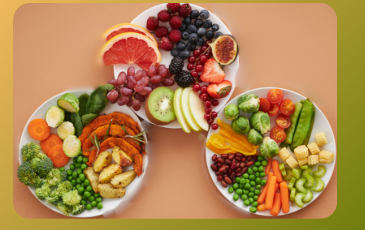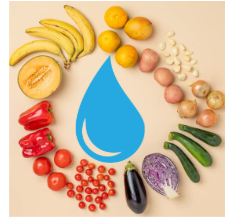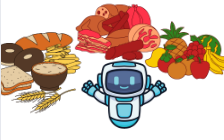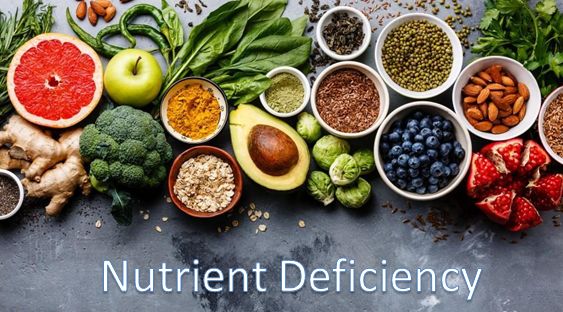Why Nutrition Matters: How Diet Affects Your Everyday Health
What is nutrition? Nutrition is basically eating the proper balance and proportion of nutrients essential for a body to perform at its best. The vital substances in food that promote growth, heal wounds, and give off energy are called nutrients. Healthy eating does more than just satisfy your hunger; it also boosts immunity, promotes mental …
Read more “Why Nutrition Matters: How Diet Affects Your Everyday Health”









